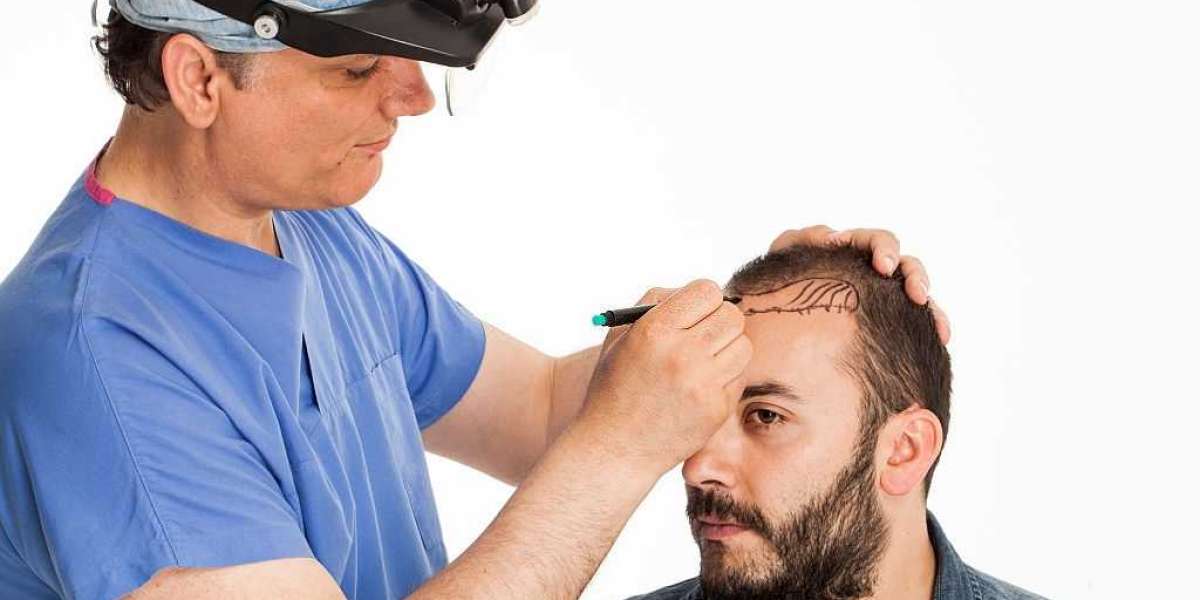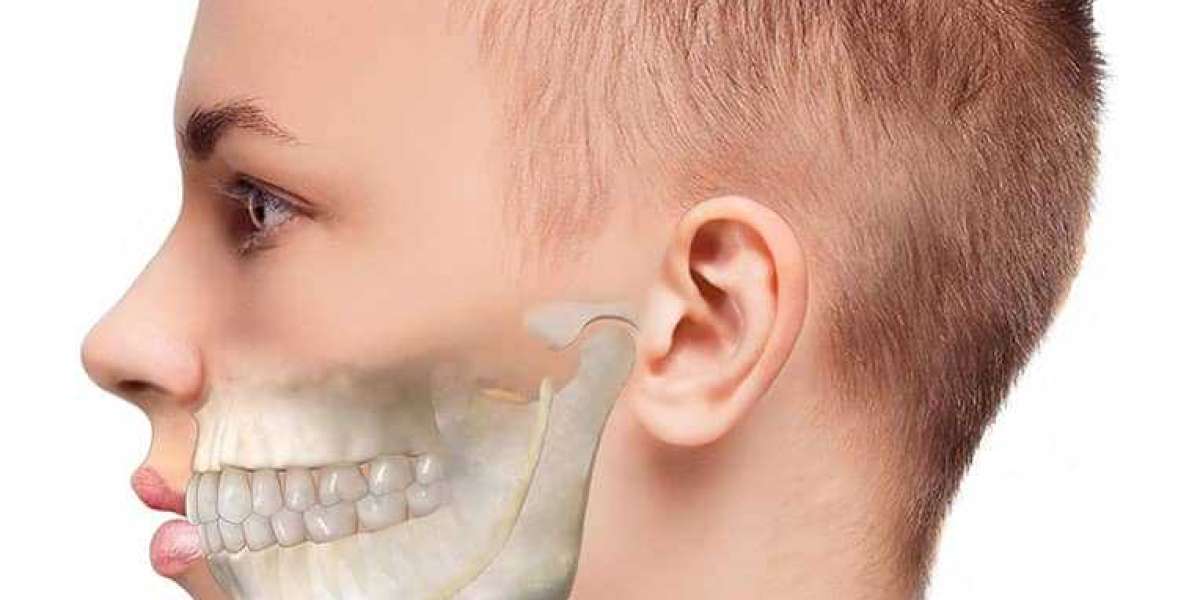If you’ve recently undergone or are considering a hair transplant in Islamabad, understanding the recovery process is crucial to ensure the best possible results. While modern hair transplant procedures like FUE (Follicular Unit Extraction) and FUT (Follicular Unit Transplantation) are minimally invasive, they still require proper aftercare and patience. In this guide, we’ll walk you through the recovery timeline, what to expect, and how to optimize healing for a smooth journey toward a fuller head of hair.
Immediate Post-Surgery Phase (First 24-48 Hours)
The first couple of days after surgery are vital for setting the stage for recovery.
Mild discomfort: You might feel slight soreness, tightness, or numbness in both the donor and recipient areas. This is completely normal and typically manageable with over-the-counter pain relievers.
Swelling: Some swelling, particularly around the forehead and eyes, may occur. It usually peaks on day 2 or 3 and resolves by the end of the first week.
Bleeding: Tiny scabs will form around each transplanted graft. Minor oozing may happen on the first day but should subside quickly.
Aftercare Tips for the First 48 Hours:
Rest: Avoid physical exertion and keep your head elevated, even while sleeping, to reduce swelling.
Hydration: Drink plenty of water to aid healing.
Medication: Follow your surgeon’s recommendations for pain relief and any prescribed antibiotics to prevent infection.
Avoid touching the scalp: It’s crucial not to touch, scratch, or pick at the grafts. The grafts are still delicate and need time to anchor securely.
Days 3 to 7: Healing and Scabbing
During this stage, the initial swelling and discomfort will gradually ease. You may notice:
Scabbing: Small crusts or scabs will form around the grafts. These will fall off naturally within a week or two.
Itching: A mild itching sensation is common as the scalp heals. Resist the urge to scratch, as it could dislodge the grafts.
Redness: The recipient area may stay pink or red for a while, similar to a mild sunburn. This fades over the next few weeks.
Aftercare Tips for Week 1:
Gentle washing: Your surgeon will guide you on when to start washing your hair. Usually, after 2-3 days, you’ll be advised to use a mild, non-medicated shampoo to carefully clean the area without rubbing.
No direct sun exposure: Avoid sunlight, as UV rays can harm the healing skin. If you need to go outside, wear a loose-fitting hat (but avoid anything tight that could disturb the grafts).
Avoid strenuous activities: No heavy lifting, running, or intense workouts for at least a week to prevent excessive sweating and increased blood pressure that might affect healing.
Weeks 2 to 4: Shedding and New Growth Cycle Begins
This is the phase where many patients start feeling concerned — but it’s important to stay calm. A phenomenon called “shock loss” may occur. This involves the temporary shedding of both transplanted and existing hair. It’s a normal part of the process and doesn’t mean the transplant failed.
Why does this happen? The trauma from the surgery causes the hair to fall out, but the follicles underneath remain healthy and intact, ready to produce new hair.
Itching and tingling: These sensations may continue as the healing progresses. They indicate that blood flow and hair follicle activity are increasing.
Aftercare Tips for Weeks 2-4:
Continue gentle washing: Keep cleaning the area delicately to avoid infection while promoting healing.
Moisturize if advised: Some surgeons recommend a saline spray or moisturizing solution to prevent scab buildup.
Patience is key: Don’t panic about shedding — new growth will come in due time.
Months 1 to 3: Dormant Phase and Early Regrowth
This stage requires the most patience. After the shedding phase, the transplanted follicles enter a resting period. It might feel like nothing is happening — but beneath the surface, your hair is preparing to grow.
Hair follicles are in “sleep mode”: This is normal. You won’t see visible growth yet, but the roots are developing.
Mild numbness may persist: Some patients experience lingering numbness or sensitivity, which gradually fades.
Aftercare Tips for Months 1-3:
Stick to a healthy diet: Protein, vitamins, and minerals (like biotin and zinc) support strong hair regrowth.
Avoid smoking and alcohol: These can interfere with blood circulation and delay the healing process.
Skip hair treatments: Hold off on coloring, perming, or chemical treatments for at least three months to avoid irritating the scalp.
Months 4 to 6: Visible Growth Begins
Finally, the exciting part — new hair starts emerging!
Soft, thin hair appears: Initially, this new growth may look wispy and lighter in color. This is normal — it will thicken over time.
Increased coverage: You’ll notice more density and better coverage as the hair continues to grow.
Aftercare Tips for Months 4-6:
Stick to your follow-up schedule: Regular check-ins with your surgeon ensure the progress is on track.
Massage the scalp gently: This can boost blood flow and encourage better hair growth, but only if your surgeon approves it.
Consider complementary treatments: Some patients opt for PRP (Platelet-Rich Plasma) therapy to enhance growth and strengthen hair.
Months 7 to 12: Final Results
By this stage, most patients see significant improvements. Your hair will become thicker, denser, and more natural-looking.
Full results: Around 12 months, you should see the final outcome. Some patients may continue to see improvements up to 18 months.
Styling freedom: By this point, you can cut, style, and treat your hair like normal.
Conclusion: Achieve Long-Lasting Results
Recovering from a hair transplant in Islamabad requires patience, care, and realistic expectations — but the reward is well worth it. With a natural, fuller head of hair, you’ll regain not only your hairline but also your confidence.
For expert guidance and personalized care throughout your hair restoration journey, Dynamic Clinic offers comprehensive services tailored to your unique needs. From consultation to recovery, their specialists ensure every step is smooth and successful — helping you achieve the look you deserve.








